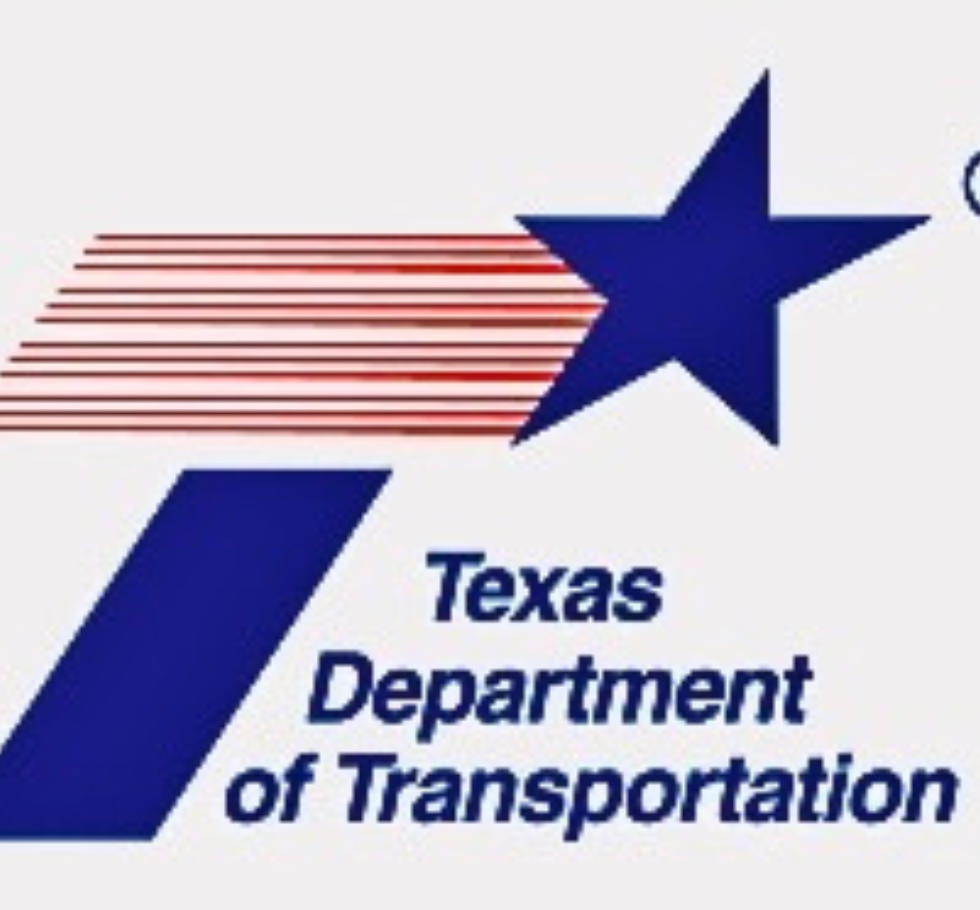“The road to success is always under construction.” -Lily Tomlin
Infrastructure development is a cornerstone of modern society, enabling economic growth, social mobility, and enhanced quality of life. However, the traditional methods of delivering large-scale transportation projects often fall short of meeting contemporary demands for speed and efficiency. The American Association of State Highway and Transportation Officials (AASHTO) highlights the need for accelerating project delivery to reduce disruptions, optimize resource use, and swiftly implement safety improvements. From the perspective of Front Line Advisory Group, this blog explores the main points and lessons to consider when accelerating project delivery, making the insights accessible and actionable for a broad audience.
Introduction to Accelerating Project Delivery
The acceleration of project delivery in transportation is essential to address the rapidly changing demands of a growing population, increased freight transport, and aging infrastructure. Traditional highway projects typically take five to seven years, but the urgency of modern needs requires reducing this timeframe to one to three years. This accelerated approach demands innovative thinking, streamlined processes, and a focus on minimizing disruptions while maintaining quality and safety.
Key Strategies for Accelerating Project Delivery
1. Advanced Planning and Coordination
Early Stakeholder Engagement: One of the critical strategies is involving stakeholders, including community groups and environmental agencies, early in the planning process. This early consultation helps identify potential issues and streamline approvals.
Integrated Environmental Reviews: Coordinating environmental reviews concurrently rather than sequentially can significantly reduce delays. States like New Jersey and Maryland have adopted streamlined environmental processes, improving relationships with resource agencies and expediting project timelines.
2. Innovative Contracting Methods
Design-Build Contracts: This approach combines the design and construction phases into a single contract, allowing work to begin before the final design is complete. This method has been successfully implemented in projects such as Utah’s Interstate 15 expansion and Colorado’s T-REX project.
Incentive-Based Contracts: Contracts that include bonuses for early completion and penalties for delays (A+B contracting) motivate contractors to optimize their schedules. Indiana’s use of lane rental charges and North Carolina’s incentive/disincentive contracts are examples of this strategy in action.
3. Leveraging Technology and New Materials
Prefabricated Bridge Elements: Using prefabricated components can significantly reduce on-site construction time. The reconstruction of the Interstate 40 Bridge in Oklahoma, completed in record time using prefabricated materials, serves as a model.
Hot In-Place Recycling: This technique allows for the resurfacing of roads using existing materials, reducing the need for new materials and minimizing construction time. States like Texas and Colorado have effectively employed this method.
4. Efficient Right-of-Way Acquisition
Simplified Acquisition Processes: Techniques such as offering signing bonuses, allowing above-market offers, and letting landowners select their appraisers can expedite property acquisition. South Dakota’s proactive approach to purchasing rights-of-way for future roads exemplifies this efficiency.
5. Improved Work-Zone Management
Night Work and Full Closures: Conducting work during off-peak hours or fully closing roads for short periods can reduce the impact on traffic and enhance safety. This approach requires meticulous planning and communication but has proven effective in projects across Kentucky and Washington, D.C.
6. Community-Inclusive Design
Context-Sensitive Solutions: Designing projects that consider community input and environmental impact from the outset can lead to faster approvals and better public acceptance. New Jersey’s HyperBuild initiative, which integrates innovative contracting and community-inclusive design, has set a new standard.
Case Studies of Accelerated Project Delivery
New Jersey’s HyperBuild Initiative
Philosophy and Implementation: HyperBuild emphasizes innovative, cost-cutting, and efficient project delivery. By valuing time as a critical factor, the initiative has accelerated numerous projects, such as the replacement of the Route 52 causeway, significantly reducing the project timeline.
Missouri’s Smooth Roads Initiative
Customer-Centric Approach: Missouri’s Department of Transportation prioritized rehabilitating 2,200 miles of roads within 36 months, a project funded by $2 billion in additional revenue. The “Smoother, Safer, Sooner” slogan encapsulates their commitment to delivering visible improvements quickly.
California’s Project-Acceleration Toolbox
Comprehensive Strategy: Caltrans developed a toolbox of techniques, including single-agent right-of-way negotiations, GIS technology for planning, and multifunctional teams for project management. These methods have expedited numerous projects, contributing to significant time and cost savings.
Lessons Learned and Recommendations
Embrace Innovation and Flexibility
Risk-Taking and Creativity: Accelerated project delivery requires a willingness to challenge traditional approaches and take calculated risks. Encouraging creativity among engineers and contractors can lead to innovative solutions that save time and resources.
Prioritize Effective Communication
Stakeholder Collaboration: Maintaining open lines of communication with stakeholders, including the public, regulatory agencies, and contractors, is crucial for identifying and addressing potential issues early in the process.
Invest in Technology
Advanced Tools and Techniques: Investing in new technologies, such as GPS for surveying and prefabricated materials for construction, can streamline processes and reduce project timelines. AASHTO’s Technology Implementation Group continues to champion these advancements.
Focus on Quality and Sustainability
Long-Term Benefits: While accelerating project delivery is essential, maintaining high standards of quality and sustainability ensures that the benefits of infrastructure improvements are long-lasting. Using durable materials and innovative design methods can reduce future maintenance needs and disruptions.
Conclusion: The Road Ahead
Accelerating project delivery is not merely about speeding up construction; it’s about fundamentally rethinking how projects are planned, designed, and executed. By adopting innovative contracting methods, leveraging technology, and engaging stakeholders early, transportation agencies can deliver infrastructure improvements more efficiently and effectively. As the demand for rapid and reliable transportation infrastructure grows, the lessons learned from successful accelerated projects provide a roadmap for future developments. Front Line Advisory Group is committed to helping transportation agencies navigate these challenges and implement strategies that deliver high-quality, timely, and cost-effective projects.
The journey to faster project delivery is ongoing, and continuous improvement, collaboration, and innovation will be key to meeting the infrastructure needs of the future. It’s about time we embrace these changes and pave the way for a more efficient and connected world.
At Front Line Advisory Group, we manage Capital Improvement programs to ensure they are completed on time and within budget. We make sure every dollar is used wisely to improve our community. For more information or to start your project, contact us at info@frontlineadvisorygroup.com.
American Association of State Highway and Transportation Officials (AASHTO). (n.d.). Accelerating Project Delivery: It’s About Time. Washington, DC: Author.
This report includes contributions from various authors and sections such as the foreword by Jack Lettiere, the preface by John Horsley, and multiple case studies on innovative contracting, advanced technology, and project acceleration methods.












